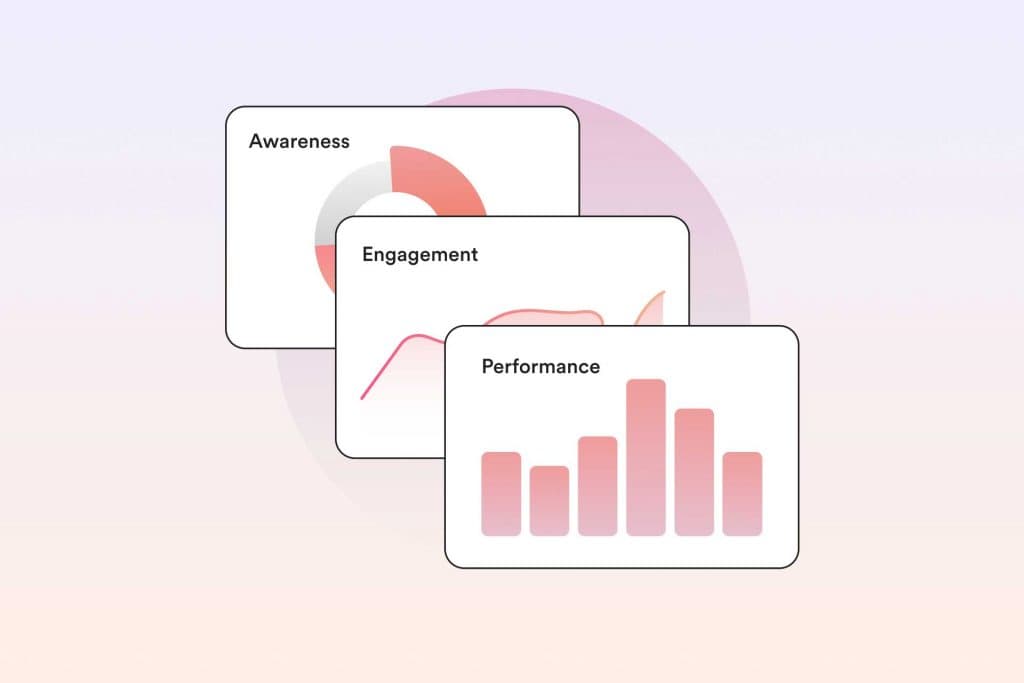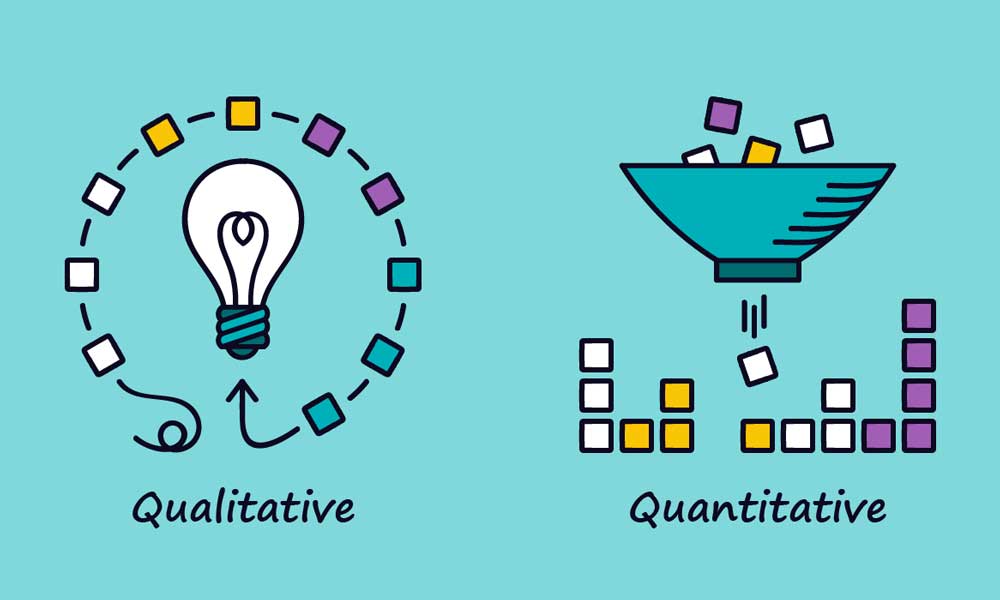Brand Metrics and Measurement Strategy: Turning Data into Insights
The numbers don't lie. Data and metrics tell a story about your brand's health and performance. But like any good story, the power lies not in the facts themselves but in the meaning we extract from them. Enter brand measurement strategy – transforming data into actionable insights that drive growth.
In this post, we'll explore the fundamentals of brand measurement, from key performance indicators to advanced analytics. You'll learn to design a measurement framework tailored to your brand's objectives and turn cloudy data points into a clear strategic compass. We'll bust some myths along the way, like vanity metrics and the fallacy of social media ROI.
Our goal is to shift your mindset from data gathering to insight mining. To stop staring at the matrix and start decoding The Message. The numbers have a tale to tell about your brand if you know how to listen. Let's tune in.
Table of Contents
Why Brand Metrics and Measurement Matters

Brand measurement provides tangible insights into how your brand resonates with target customers. Here are some of the key reasons why it's so important:
- Benchmark performance. Metrics allow you to establish a baseline for brand health and track progress over time.
- Identify growth opportunities. You can spot areas where your brand is underperforming and develop improvement strategies.
- Prove marketing ROI. By linking branding KPIs to business KPIs, you can demonstrate the concrete value of branding efforts.
- Guide creative decisions. The data can point towards messaging and positioning that is hitting the mark.
- Align teams. Brand metrics enable various departments to work towards shared goals and objectives.
- Justify budgets. Solid brand tracking provides the evidence to justify continued or increased branding investment.
A clear view of your brand's health through data points enhances strategic organisational decision-making.
Developing a Measurement Framework
When developing a brand measurement strategy, the first step is establishing your overarching objectives. What are the critical branding goals you want to accomplish? Common objectives include:
- Increasing brand awareness
- Building brand loyalty
- Driving positive brand associations
- Improving brand reputation or trust
- Generating brand affinity or emotional connection
With your goals defined, the next step is identifying the best metrics to track for each one. Practical frameworks for categorising brand metrics include:
Brand Funnel Framework
This approach looks at metrics through the customer journey funnel:
- Awareness: Brand recall, recognition, familiarity
- Consideration: Perceived quality, relevance, differentiation
- Preference: Brand favorability, satisfaction, net promoter score
- Loyalty: Retention, share of wallet, lifetime value
Brand Asset Valuator (BAV)
Developed by Young & Rubicam, this model has four pillars:
- Differentiation: Unique attributes, positioning, personality
- Relevance: Ability to meet customer needs, fit with self-image
- Esteem: Perceptions of quality, preference, satisfaction
- Knowledge: Awareness, understanding, availability
Brand Dynamics Pyramid
This framework has five levels:
- Presence: Brand recognition and recall
- Relevance: Meeting functional/emotional needs
- Performance: Delivering expected experience
- Advantage: Point of difference from competitors
- Bonding: Deep customer relationships and identification
Identify ~8-12 metrics spanning these dimensions to create a robust brand scorecard: balance leading and lagging indicators.
Leading vs Lagging Metrics
- Leading metrics track early inputs that eventually impact downstream results, e.g. brand awareness and consideration. They signal future performance.
- Lagging metrics track downstream results, e.g. revenue growth loyalty rates. They evaluate past/current performance.
For example, increased brand awareness and consideration today positively influences purchase intent and sales in the future. Leading indicators predict lagging indicators. Track both types to get a complete view.
Quantitative vs Qualitative Data

Brand measurement relies on collecting quantitative and qualitative data for a holistic perspective.
Quantitative data provides complex numbers and metrics. This can be gathered through:
- Brand tracking surveys
- Sales or market share data
- Web analytics, ad performance metrics
- CRM data, customer satisfaction scores
- Social listening and online mentions
Qualitative data provides context and insights. This can be collected through:
- Focus groups, in-depth interviews
- Social media comments and conversations
- Online reviews and customer feedback
- Ethnographic research
- Brand anthropology (studying culture and behaviours)
Look at quantitative data to track brand performance over time and qualitative data to understand the meaning behind the numbers.
Choosing the Right Brand Metrics
Now, look at some of the most helpful brand metrics in your measurement strategy. Focus on metrics aligned to your brand objectives. Here are some top options:
Brand Awareness
- Brand recall: % of target consumers who can name your brand when prompted about a category
- Brand recognition: % who state they know your brand when shown the name or logo
- Ad awareness: % who recall seeing your ads or campaigns
Brand Knowledge
- Key associations: Words consumers link with your brand
- Brand attributes: % who strongly agree you deliver on specific characteristics like quality, innovation, etc.
- Brand values: Link of brand values like authenticity or boldness with your brand
Brand Consideration
- Familiarity: % who say they are very familiar with your brand
- Relevance: % who see your brand as relevant to them
- Consideration set: % who have your brand in their review set when making a purchase
Brand Affinity
- Brand favorability: % rating your brand favourably on a scale
- Net Promoter Score (NPS): % of brand promoters minus detractors
- Social following/engagement: Growth in followers and interaction on social
Brand Loyalty
- Customer retention/churn: Percentage of customers repeating vs. defecting
- Share of wallet: Percentage of customer spend captured in your category
- Customer lifetime value: Projected value of future customer transactions
Surveys: A Key Measurement Tool

Surveys are like taking the pulse of your tribe. They let you put your finger on the wrist of your audience and feel their heartbeat. But you have to do it right.
You can't just hold a stethoscope to a brick wall and expect to hear anything. Nope, surveys only work when you carefully choose who you're listening to. When you genuinely pay attention to the right people in the right way.
That's why an annual check-up is so essential. You need one thoughtful survey that reaches out to your true fans, inner circle, and the people who matter. Ask them about their passion, perceptions, and willingness to take the next step.
Listen with empathy to discover what's going on beneath the surface. How much mindshare do you have? What are the whisper-down-the-lane rumours about your brand? How devoted is your tribe?
Then, follow up with smaller surveys every 90 days or so. These are mini check-ins to monitor your organisation's emotional vital signs. You'll spot emerging trends and can course-correct quickly if necessary.
But design matters. Consult specialists if you're DIYing it. Get the questions and sampling right, or the data will mislead you. Sloppy surveys produce hollow numbers.
Do this, and your surveys will become a lifeline. A finger on the pulse. A way to intimately understand what your true fans are thinking and feeling. Surveys humanise the data and help you lead from the heart.
Turning Data into Insights
Once you've collected all this brand tracking data, how do you go from metrics to meaningful insights to guide your brand strategy?
1. Set Expectations
Determine upfront what metrics range is acceptable vs. outstanding vs. underperformance for each KPI. This provides context for analysing results.
2. Identify Patterns
Look at data trends over time to spot positive and negative momentum. See where there are consistent changes or dips in specific metrics.
3. Diagnose Issues
If some metrics need to catch up, dig into possible reasons. Look at associated leading indicators or qualitative data for insights into root causes.
4. Spot Correlations
Analyse relationships between metrics to see if certain KPIs precede changes in others. This reveals leading indicators impacting lagging ones.
5. Tell Stories
Use data to piece together narratives about brand growth or deterioration. Share compelling stories about brand health with internal stakeholders.
6. Make Recommendations
Identify areas needing attention and tie metrics to concrete follow-up actions to strengthen the brand. Get buy-in across departments.
With the right brand tracking plan, you can turn data points into a dashboard that drives strategic decision-making. But measurement is just the start – taking action on the insights is how brands thrive.
Keys for Success
It's time to cut through the noise and get serious about brand measurement. No more vanity metrics that sound impressive but mean nothing. No more fragmented systems that leave people in the dark. Let's talk about what moves the needle.
- Streamline. Kill the clutter. Focus only on the vital few KPIs that track against your brand goals. Be relentless in that pursuit.
- Automate. Use analytics to create beautiful automated dashboards that tell the story at a glance. Let the data do the heavy lifting.
- Centralise. Everyone needs access to the source of truth in one place: no more fragmented systems and tribal knowledge.
- Communicate. Don't hoard insights. Share findings cross-functionally. Get people rallied around priority metrics.
- Iterate. As the brand evolves, so must your metrics. Review them annually and refresh what needs refreshing.
- Be proactive. Use data to see around corners. Anticipate dips before they happen. Stay ahead of brand issues.
- Bridge silos. Break down walls between teams. Have shared KPIs and collective accountability.
- Take action. The most profound insights mean nothing if not acted upon. Use the data as fuel. Make bold moves.
Measurement is the foundation for brands that resonate. It illuminates paths and guides choices. It shows where to double down. With the right metrics, transparency, and bias toward action, you gain the power to build an iconic brand. The numbers don't lie. It's time to listen.
Frequently Asked Questions
What are some examples of brand metrics?
Some key brand metrics include brand awareness and recognition, consideration and relevance, favorability and net promoter scores, familiarity and knowledge, perceived quality and differentiation, customer retention and share of wallet: leading metrics track mindset and lagging metrics track market results.
How often should you measure brand metrics?
Conduct an annual brand health survey to track key metrics over time. Supplement with pulse surveys 1-2 times per year for regular check-ins. Daily or weekly measurement of social listening data, web analytics and sales data also provides ongoing visibility.
What tools can you use to measure brand metrics?
Online survey tools like SurveyMonkey or Qualtrics can measure brand perception metrics. Social listening tools like Mention and Brandwatch track online brand mentions. Web analytics tools give website traffic and engagement data. Sales dashboards track customer retention, lifetime value and share of wallet.
How can companies use brand metrics?
Brand metrics should guide strategic decision-making across departments. Marketers can identify brand awareness or positioning gaps to address. Product teams can leverage mindshare and sentiment data to inform development. Customer service can track NPS and satisfaction data to improve experiences. Execs can use metrics to allocate resources towards crucial growth opportunities.
How do you calculate the Net Promoter Score (NPS)?
NPS measures customer loyalty and satisfaction. Using a survey, ask, “On a scale of 0-10, how likely are you to recommend this brand to a friend or colleague?” Tally the percentage of promoters (9-10 rating) and detractors (0-6 rating). Subtract the detractors from promoters to get the NPS (anywhere from -100 to +100).
